Archery has been a crucial skill throughout history, shaping warfare, culture, and myth. From the gods of ancient civilizations to real-life medieval marksmen and fictional heroes, famous archers have inspired generations. This blog provides an in-depth exploration of archers in mythology, history, and fiction, with detailed insights into their skills, roles, and significance.
Mythological Archers: Divine Powers and Sacred Precision
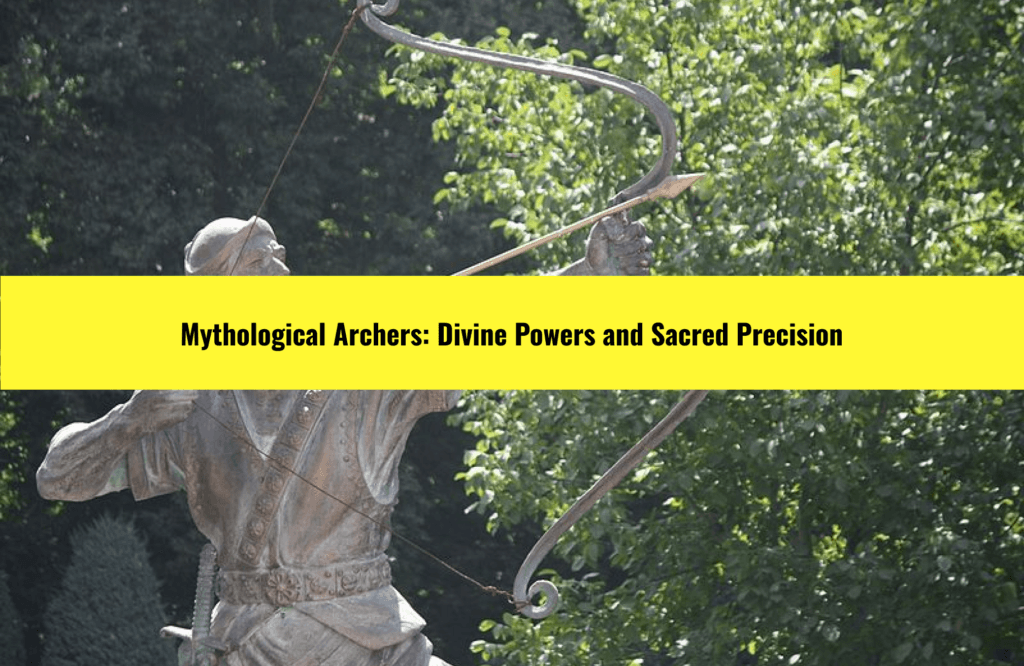
Apollo: The Greek God of Archery
Apollo is widely recognized as the Greek god of archery, associated with precision, healing, and prophecy. He is often depicted with a silver bow, an emblem of his divine status. In mythology, Apollo was believed to use his arrows to bring either death or healing, depending on his mood. His most famous use of the bow was during the Trojan War, where he rained down a plague of arrows on the Greeks, forcing them to retreat temporarily.
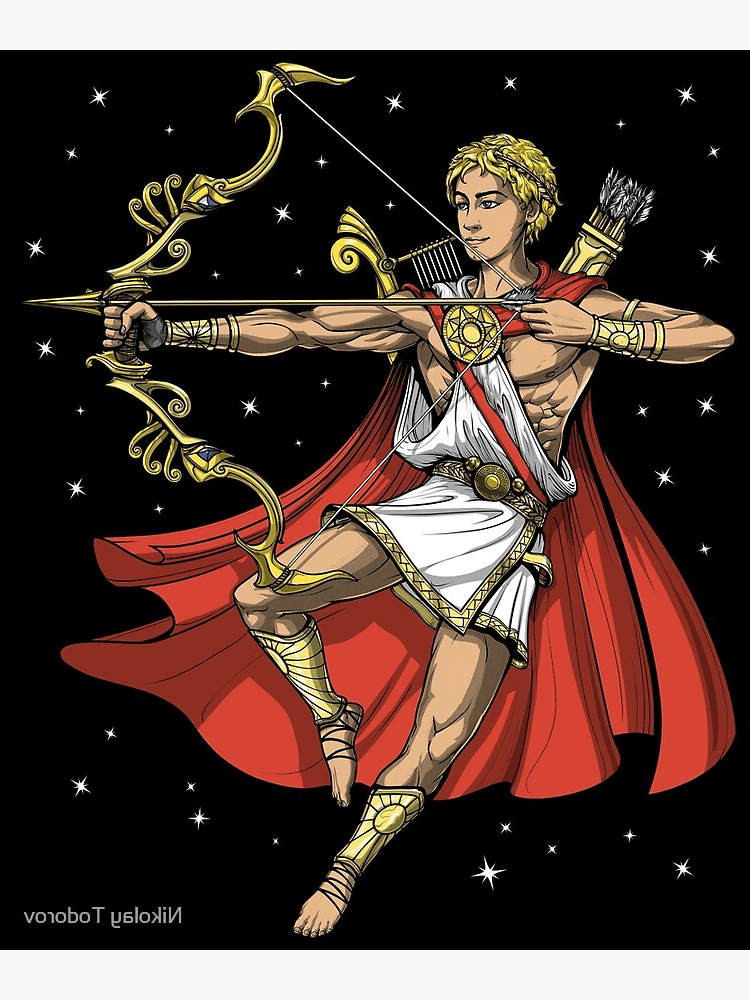
Apollo’s association with archery is central to Greek myth, with over 40% of Greek texts mentioning him in relation to archery skills or bow usage. The Oracle of Delphi, one of the most famous religious sites in ancient Greece, was dedicated to him, further solidifying his role as a god of archers and prophecy. His bow was also seen as a symbol of his ability to strike swiftly and accurately, a reflection of both his power and his role in human affairs.
Artemis: The Goddess of the Hunt
Artemis, the twin sister of Apollo, is another renowned Greek archer goddess. As the protector of wildlife and women, Artemis was a skilled huntress, often seen carrying a bow and arrows. Her arrows were swift and deadly, making her a powerful figure in myth. Artemis is often depicted in myths punishing those who violated her sacred animals or desecrated her forests. Her famous myth includes punishing Actaeon, a hunter who stumbled upon her while she was bathing, by turning him into a stag and setting his own hounds upon him.

Historically, Artemis was worshipped by women in ancient Greece, particularly those involved in childbirth and hunting. The mythology archer Artemis was seen as both a protector and a destroyer, depending on the context, and her skills with the bow were unparalleled.
Ullr: The Norse God of Archery
In Norse mythology, Ullr is the god of archery, skiing, and hunting. His skill with the bow was so renowned that he was often invoked by warriors and hunters in Scandinavia. Ullr’s association with the winter and snow sports reflects the harsh environments in which these ancient cultures survived. He was also known for his ability to travel across ice and snow, using his bow not only for hunting but also as a symbol of his agility and strength.
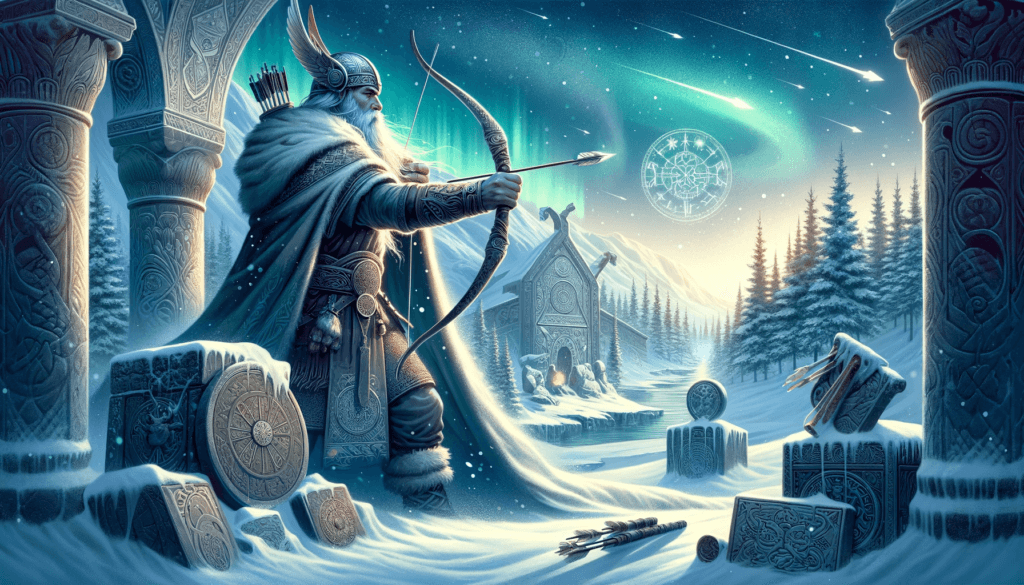
Although Ullr is not as prominent as other Norse gods like Thor or Odin, his connection to archery was vital in Scandinavian culture. Archaeological evidence from Viking graves shows that bows and arrows were common tools and weapons, highlighting the significance of archery in Norse life.
Legendary Historical Archers: Masters of Battle

Robin Hood: The English Folk Hero
Robin Hood is one of the most famous historical archers, although his existence is debated. His legend dates back to medieval England, where he is portrayed as a skilled bowman who “robs from the rich to give to the poor.” The longbow, his weapon of choice, was the most powerful tool for English archers during the medieval period. At the time, archers could shoot arrows at a speed of 12 to 15 per minute with an effective range of up to 250 yards. This weapon was critical in battles like the Battle of Agincourt in 1415, where English archers outperformed the French knights.
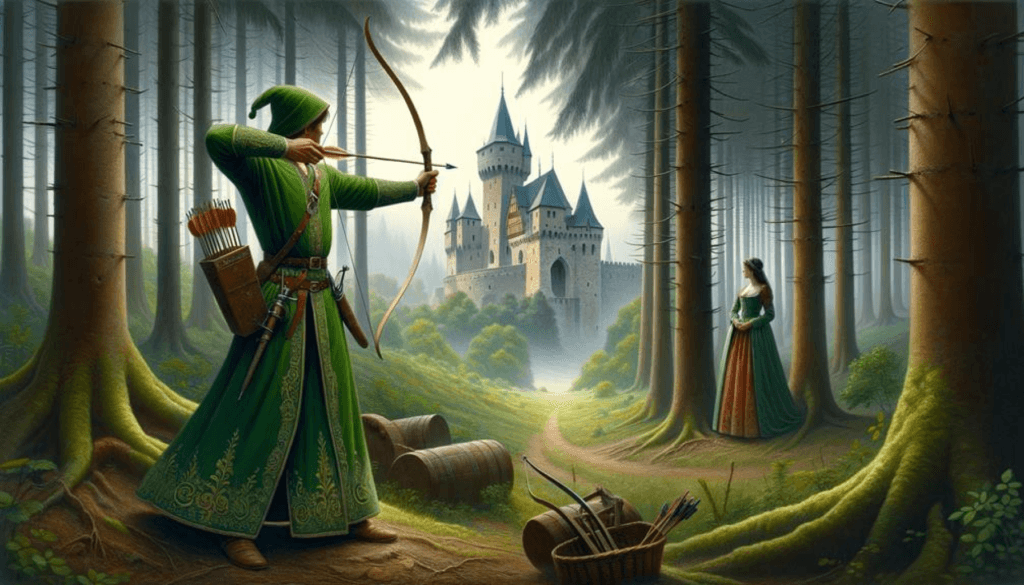
According to folklore, Robin Hood’s accuracy was unmatched, with tales often showcasing him splitting an arrow in two. While much of Robin Hood’s story remains legendary, the role of archers during this period is undeniable. In the 14th century, nearly 50% of England’s military forces consisted of archers. The influence of archers like Robin Hood shaped the outcome of many historical conflicts, particularly those involving long-range warfare.
William Tell: The Swiss Legend
William Tell is another famous historical archer known for his unparalleled skill. His most famous feat was shooting an apple off his son’s head using a crossbow, a task that required extraordinary precision. This story is set against the backdrop of Swiss resistance to Austrian rule in the early 14th century. William Tell became a symbol of defiance against tyranny and oppression, inspiring a wave of rebellion throughout Switzerland.

Although the details of William Tell’s life are shrouded in myth, his story reflects the importance of precision in archery. Crossbows were common during the medieval period, and while they were slower than longbows, they allowed for more forceful and accurate shots at close range.
Nasu no Yoichi: The Japanese Samurai Archer
Nasu no Yoichi, a samurai from 12th-century Japan, is one of the most famous archers in Japanese history. During the Genpei War, Yoichi performed a nearly impossible feat by shooting a fan tied to the mast of an enemy ship while standing on a boat. His achievement is immortalized in Japanese literature and showcases the importance of archery in samurai culture. In contrast to the longbows used in Europe, Japanese samurai used shorter, asymmetrical bows, designed to be used while mounted on horseback.
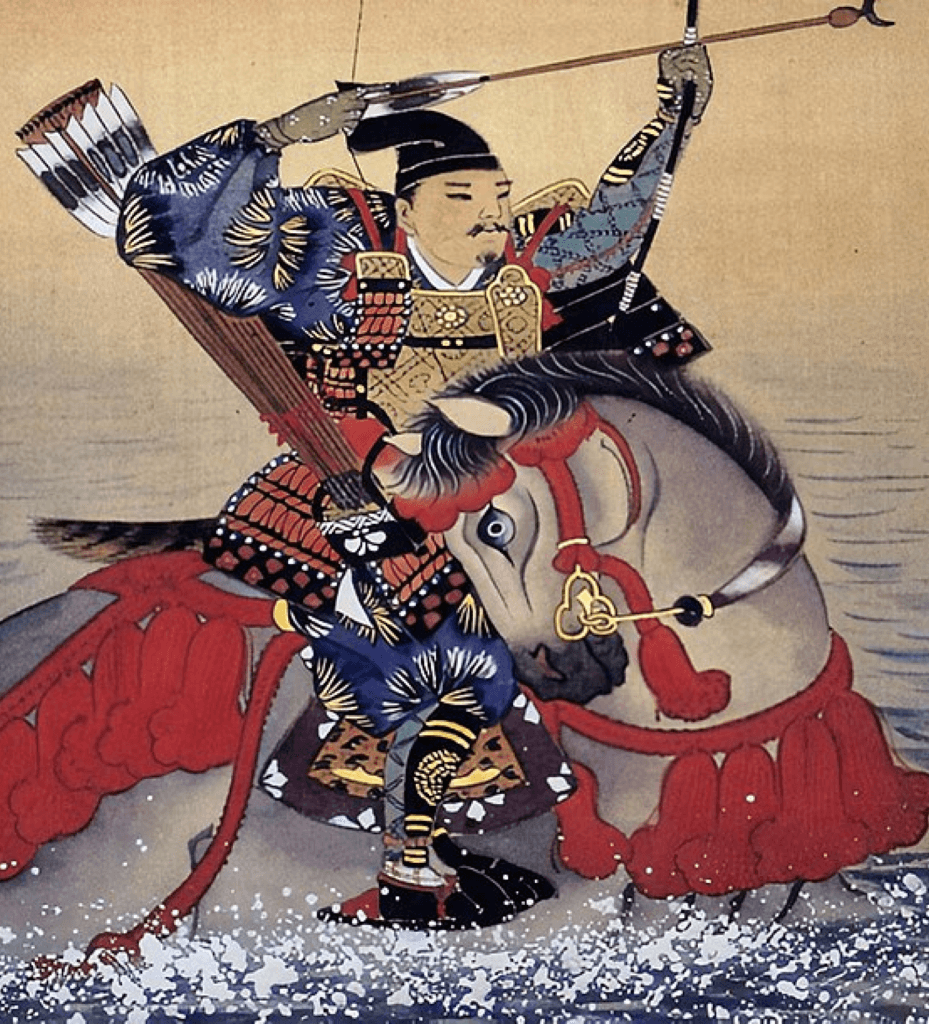
Archery, known as “kyudo,” was a highly respected skill in samurai society. In fact, samurai were required to practice archery regularly as part of their training. The emphasis on discipline, focus, and precision in Japanese archery reflects the cultural values of the time.
Fictional Archers: Heroes of Imagination
Legolas: The Elven Archer of Middle-earth
Legolas, an elf from J.R.R. Tolkien’s The Lord of the Rings, is one of the most famous fictional archers in literature and film. Legolas’s skills with a bow are legendary, and he is known for his ability to shoot with unparalleled speed and accuracy. His agility and keen eyesight allow him to strike his targets from long distances, even in the midst of chaotic battles.

In the cinematic adaptations, Legolas is often shown performing incredible feats, such as taking down enemies while riding a shield down a staircase or shooting multiple arrows in rapid succession. Legolas’s portrayal highlights the fantastical elements of fictional archery, where the skills of the archer are often exaggerated to match the epic nature of the story.
Katniss Everdeen: The Heroine of The Hunger Games
Katniss Everdeen is another iconic fictional archer, whose skill with a bow helps her survive the deadly games in Suzanne Collins’ The Hunger Games series. Katniss’s hunting background makes her a natural with a bow, and she uses her archery skills to provide for her family and, later, to fight against a corrupt government. The use of archery in The Hunger Games also symbolizes self-reliance and rebellion, as Katniss’s proficiency with the bow sets her apart from other competitors.

Following the release of The Hunger Games movies, archery became more popular, particularly among young women. Sales of archery equipment increased by 20% in the year following the first film, showcasing the influence of Katniss Everdeen as a modern archery icon.
Archery in Real Life: Modern Masters
Lars Andersen: The Modern Archer
In recent years, Danish archer Lars Andersen has gained fame for reviving ancient archery techniques. Andersen uses techniques based on historical records to shoot arrows with incredible speed and precision. His ability to shoot 10 arrows in under 5 seconds showcases a level of mastery not often seen in modern archery.
Lars Andersen’s techniques have been widely viewed online, where his videos demonstrating speed shooting and the use of both hands have garnered millions of views. His approach draws on centuries-old archery practices, emphasizing movement, speed, and accuracy over the long-distance focus that dominates modern archery competitions.
Who is considered the greatest archer in mythology?
Apollo, the Greek god of archery, is widely regarded as one of the most famous mythology archers.
What are some famous historical archers?
Robin Hood, William Tell, and Nasu no Yoichi are among the most famous historical archers.
Which female archers are prominent in history or mythology?
Artemis, the Greek goddess of archery, and Katniss Everdeen, from The Hunger Games, are notable female archers.
Who are the greatest fictional archers?
Legolas from The Lord of the Rings and Katniss Everdeen from The Hunger Games are some of the most famous fictional archers.
How was archery used in medieval warfare?
Archers like Robin Hood and the English longbowmen played crucial roles in battles such as Agincourt, where 50% of the English forces were comprised of archers.

